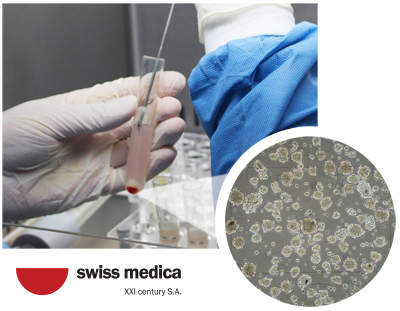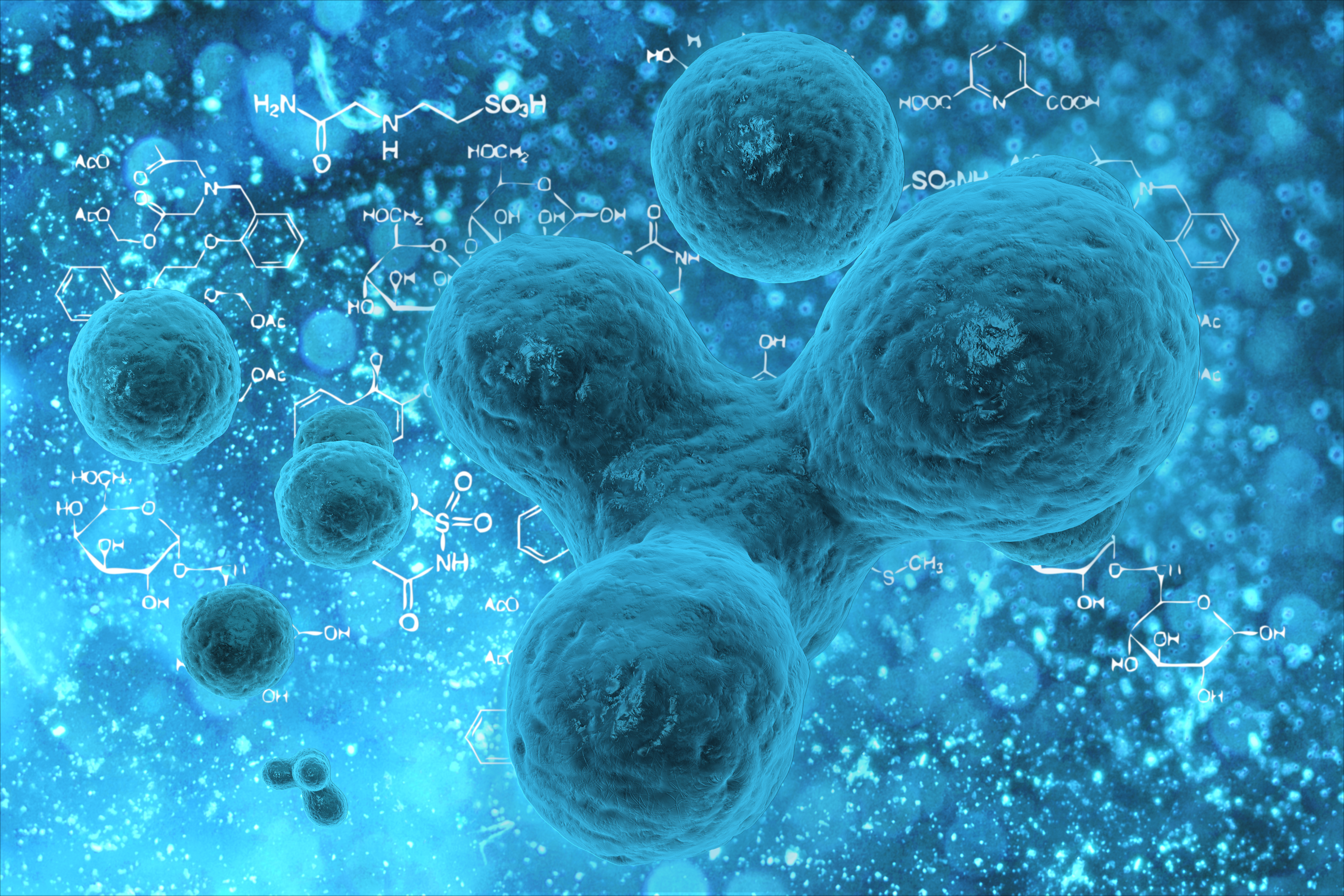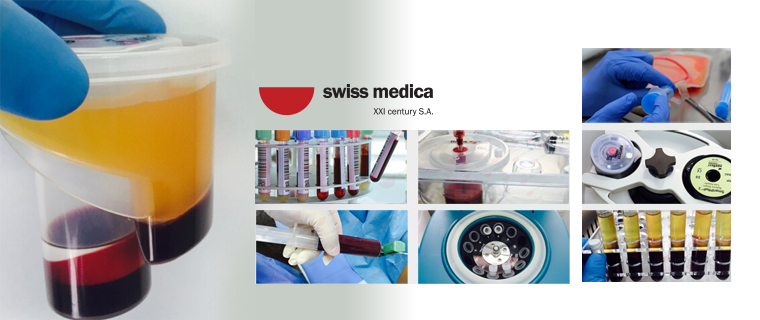
Human body is composed of more than 200 different types of cells. All of them, depending on the tissue where they can be found, originate from the stem cells. Stem cells can be found in a multicellular organism. They make a small part of the total body mass, but through dividing they are capable for self regeneration and differentiation into different specialized cells. Under an effect of different growth factors, they are transformed into a certain type of cells.
Common characteristic of all the stem cells is being non-specialized cells and having a capability of division and self regeneration and capability of differentiation into a certain type of cell. They have different developing capacity and degree of plasticity, so their classification is done according to these characteristics and according to their origin.
Stem cells are at this moment the most powerful discovery and weapon of modern medicine, that can fight many diseases, stop their progression, give you strength, power, longevity and highest level of health. Outstanding performance and capabilities of these cells can make your immune system and metabolic state stable and make you resistant to pathological agents from the environment that would in combination with stress make your body susceptible to many diseases. We have the possibility, by implementing our knowledge and experience, to make your organism strong and safe from all causes of diseases and ageing, which are always part of our turbulent contemporaneity.


Stem cells are already part of the human repair system naturally. Once they’re enriched and their number enlarged during the procedure they improve both symptoms of the disease and overall health. Stem cells have a unique capability to find the damaged area inside the organism and repair it.
Although stem cells were known in the early years of the twentieth century, interest and study of these cells grew rapidly in the second half of the 20th century.
Stem cells are precursors of all cells in our body. Of the other cells, they distinguish two basic characteristics: they are non-specialized cells capable of self-renewal through cell division that, under the influence of certain factors, can be induced to become cells of certain tissues and organs with exactly defined functions.
Due to their ability to divide and differentiate into different cells, as well as their availability, the researchers focus on adult stem cells. They are found in many organs and tissues: in the bone marrow, brain, peripheral blood, blood vessels, skeletal muscles, fat tissue, skin, heart, liver … In each of these tissues, there are ‘multiple stem cells’. A large number of studies related to stem-cell and bone marrow origin stem cells.
The umbilical cord blood and tissue represent a valuable source of stem cells that can later be used in the treatment of various diseases (the list of diseases considered as potentially curable by these stem cells is daily longer).
First, the potential benefit that can be provided by stem cells from the umbilical cord blood in the future was recognized, and began with their collection, preparation, and cryopreservation, either in public or private stem cell banks. When the possibility of using SCSs from umbilical cord tissue was recognized, banks started storing them. The process of collecting blood and tissue is completely safe for the newborn.

Cord Blood Stem Cells is taken immediately after birth. After the umbilical cord is loosened, the umbilical cord blood vessels and blood vessels remain about 80-120 ml of blood, containing millions of different adult stem cells that can give blood cells and immune system cells. Their isolation and storage enable later use in the treatment of various diseases.
The stem cell tissue of the umbilical cord was discovered only 90 years ago. They are found in the gelatinous mass of the umbilical cord around the blood vessels, together with the fat cells and white blood cells. After the cord conjoint, a tissue containing millions of different stem cells (epithelial, endothelial, perivascular, mesenchymal) is taken and preserved.
Both types of stem cells, from blood and umbilical tissue, contain two different types of cells of importance for regenerative medicine: hematopoietic and mesenchymal. Each of them has different options.
Cord Blood Stem , in addition to bone marrow and peripheral blood, is one of the cells of cells that can be differentiated into blood cells and the immune system (hematopoietic stem of the HSCs). Parents leave CB of their child in the event of a need for hematopoietic stem cell transplantation during their lifetime. According to the literature, the probability that the cells will be used by the donors is 0.04% during the first 20 years of life (ASBMT Committee report), which encourages the leaving of CB in public banks.
A list of potential indications for the use of CB in the last two decades is constantly increasing, especially with the fact that all cells are successful and allogeneic transplantation (the recipient can be an unrelated person).
Mesenchymal cells of the umbilical cord tissue are precursors of the nervous system, the sensory organs, circulatory system tissue, skin, bones, cartilage… Their role in regeneration processes is different from umbilical cord blood cells. These cells can inhibit the inflammatory processes in the tissues after their defect, secrete growth factors that help tissue repair and cell differentiation into the nervous, bone, fat and cartilaginous tissues of the cells. There are hundreds of clinical studies in which the regenerative potential of these cells in the treatment of diseases such as neurodegenerative and autoimmune diseases (ALS, MS, Alzheimer’s, SLE, MP, RA, Chron’s, diabetes, ulcerative colitis), muscular dystrophy, osteoarthritis, cardiomyopathy, myocardial infarction, spinal cord injuries, cartilage, wounds, lung disease, liver…
Regenerative medicine is the area that has been developing rapidly in recent years. An enormous number of studies are aimed at examining the possibilities of regeneration and healing of damaged tissue by stem cells. According to the available results in the field of regenerative medicine, the most effective is the simultaneous use of several types of stem cells in the same transplant.
Within the framework of the treatment, Swiss Medica, depending on the disease and the condition being treated, uses different types of stem cells to achieve the most desired results.